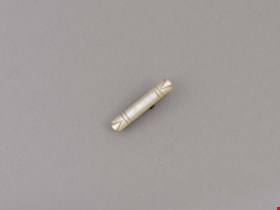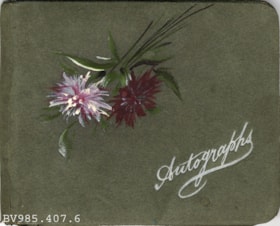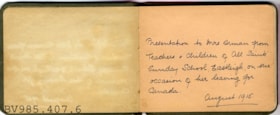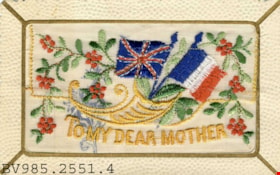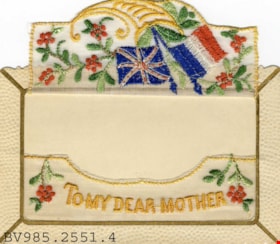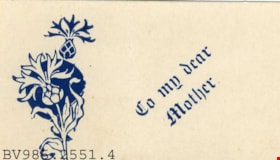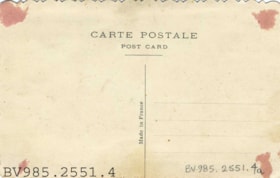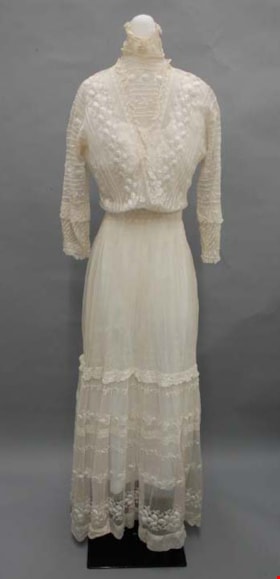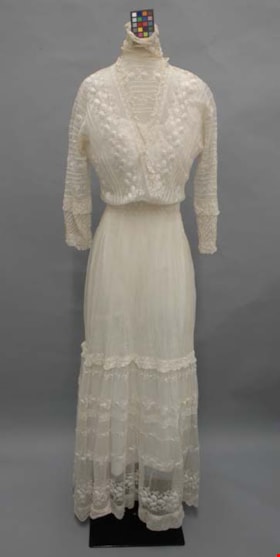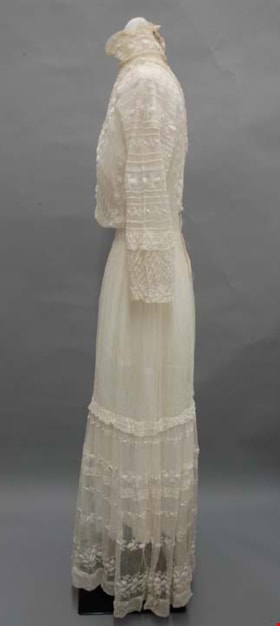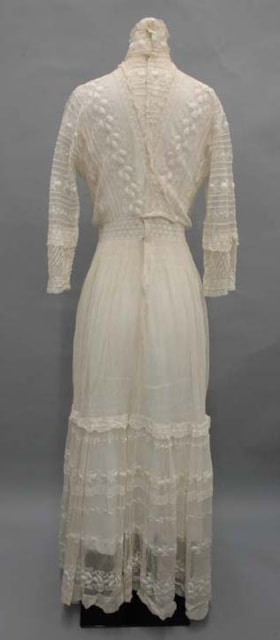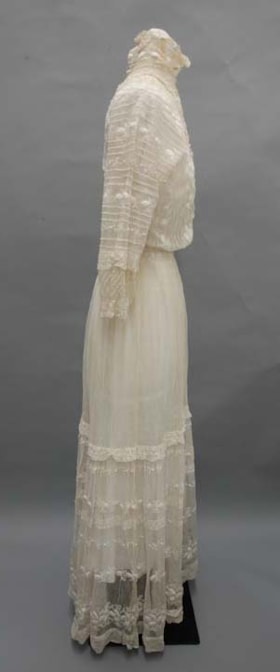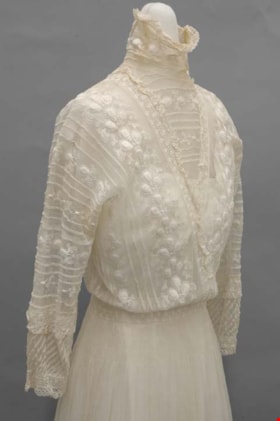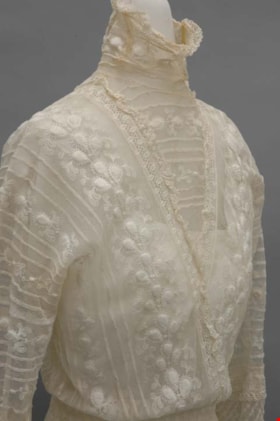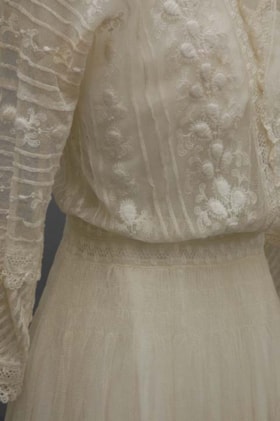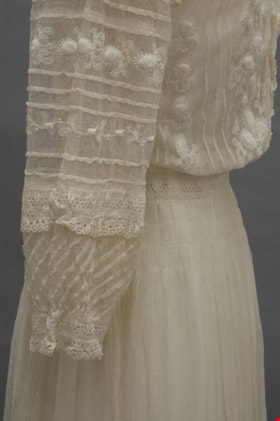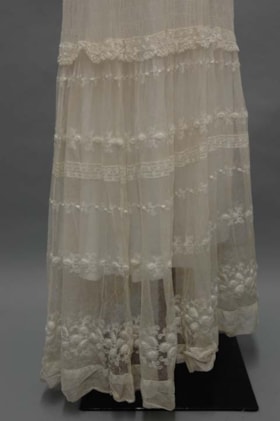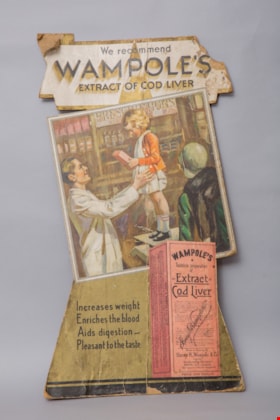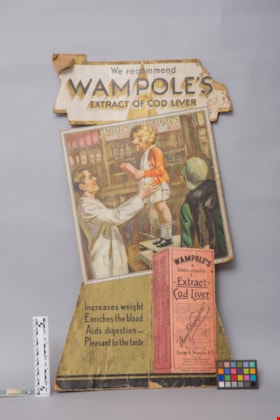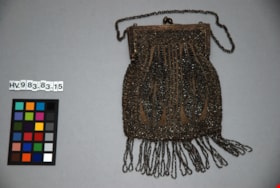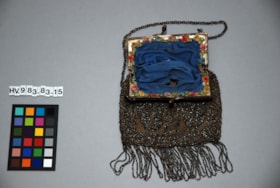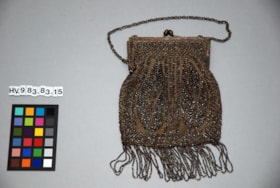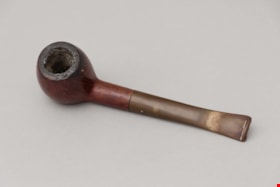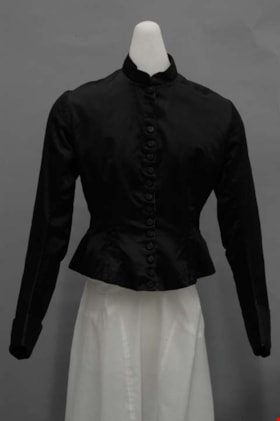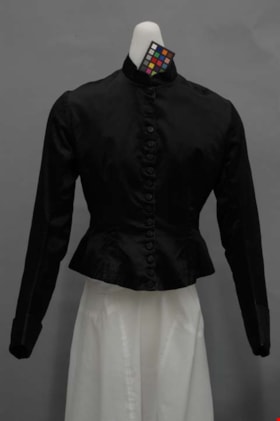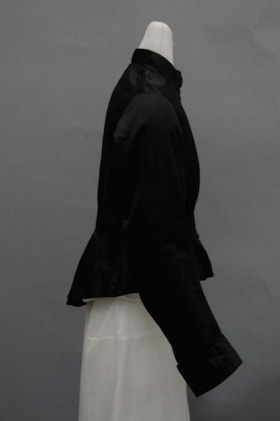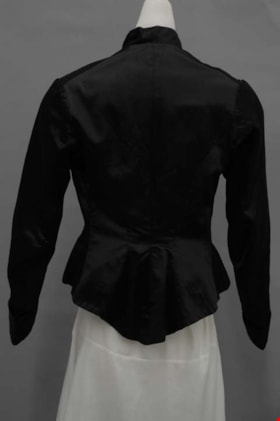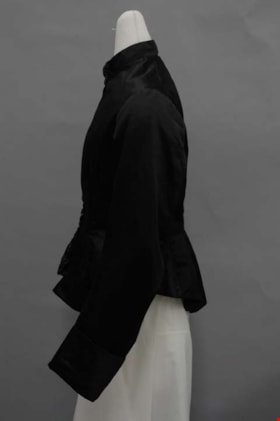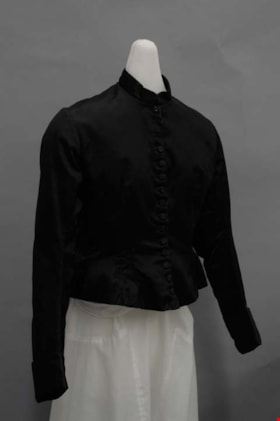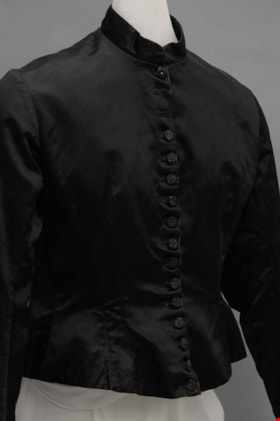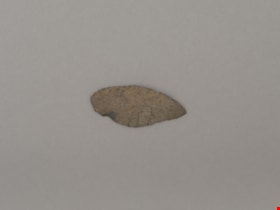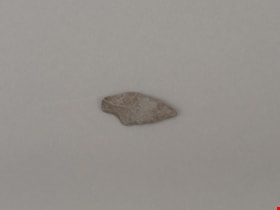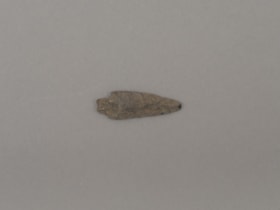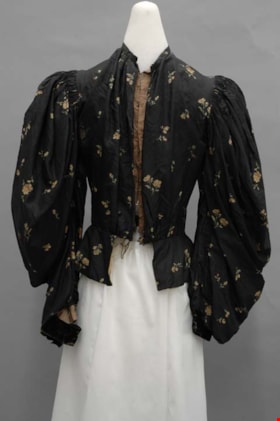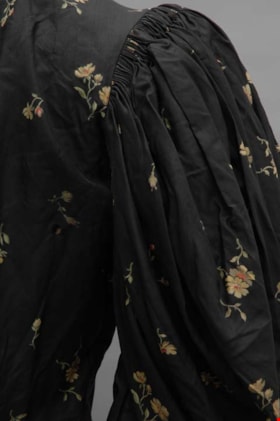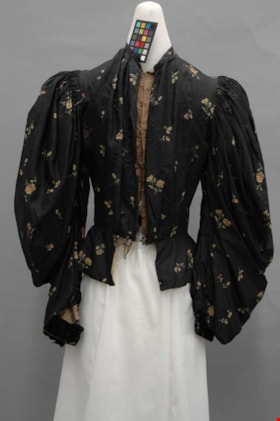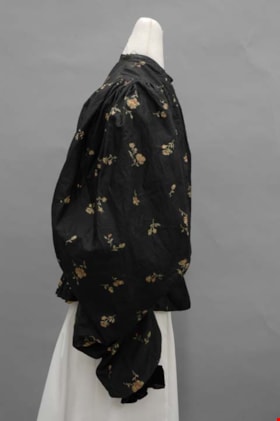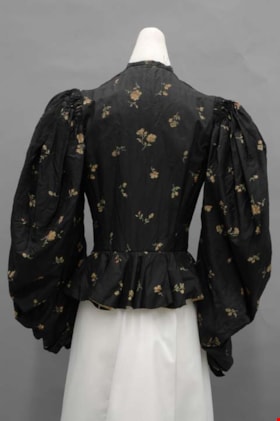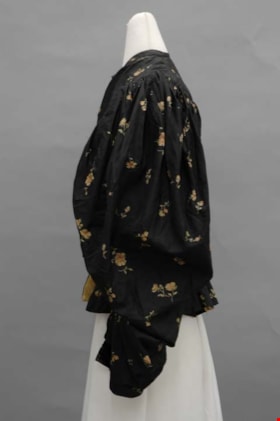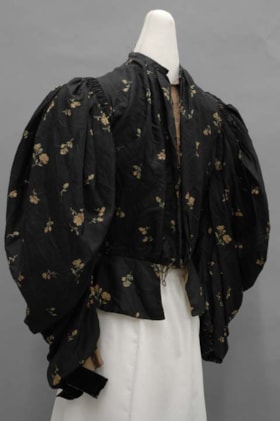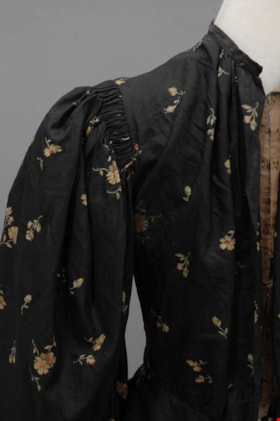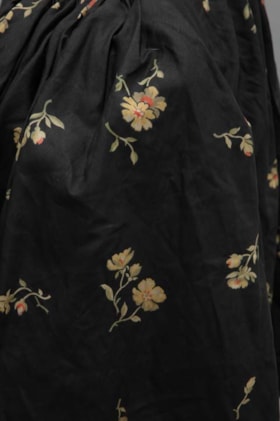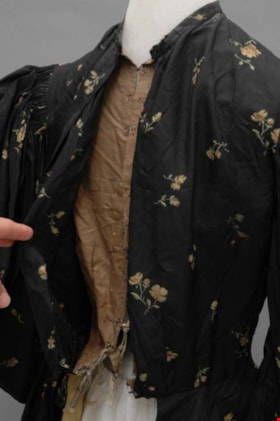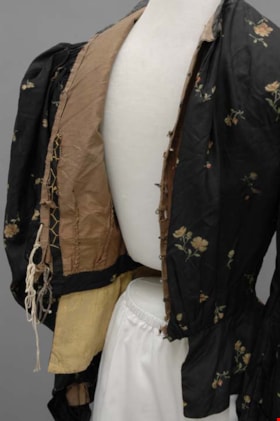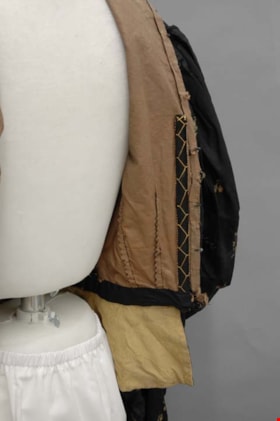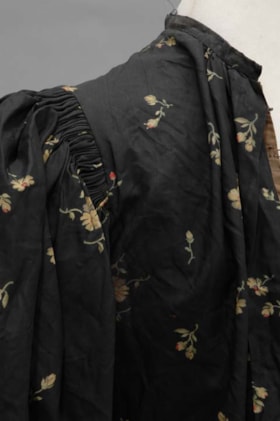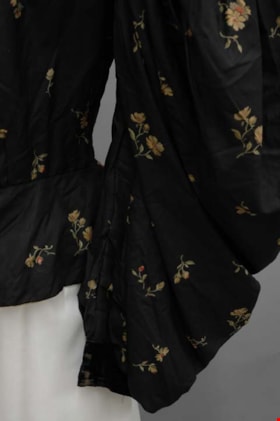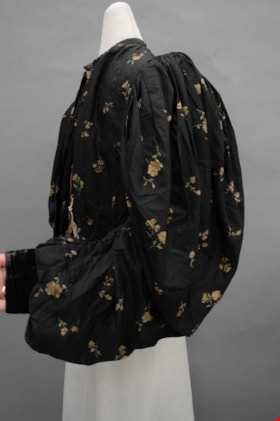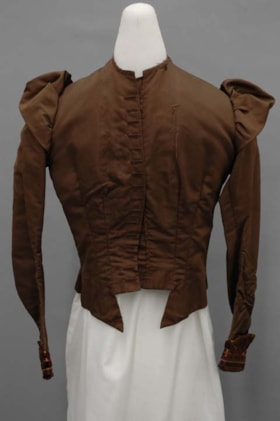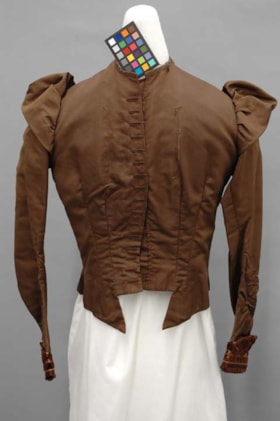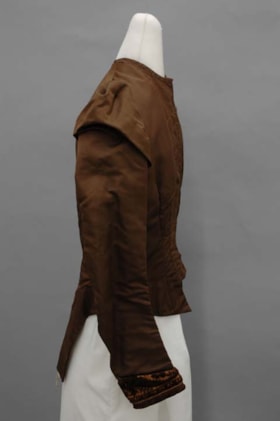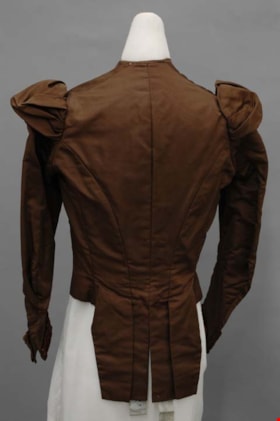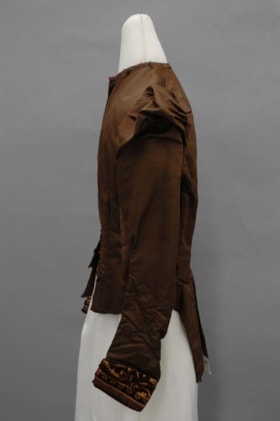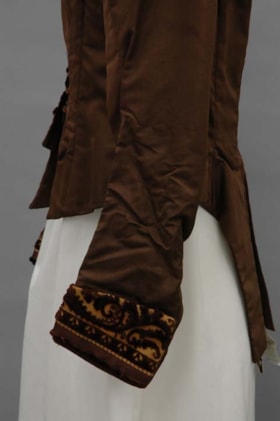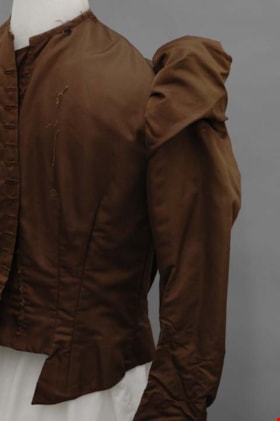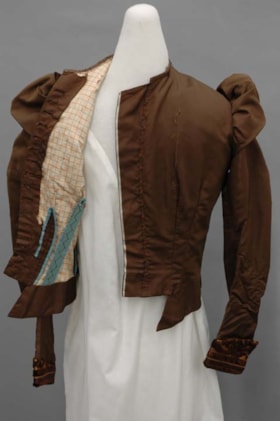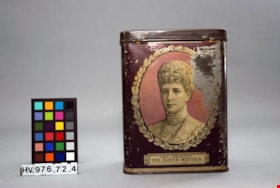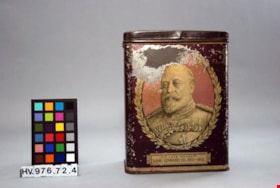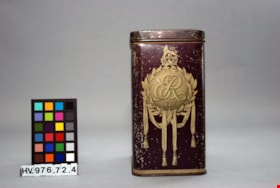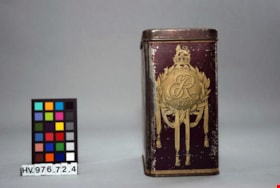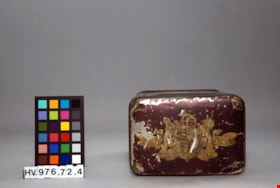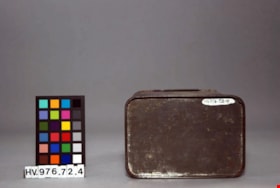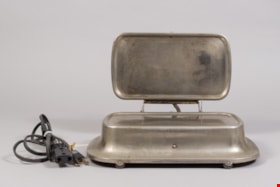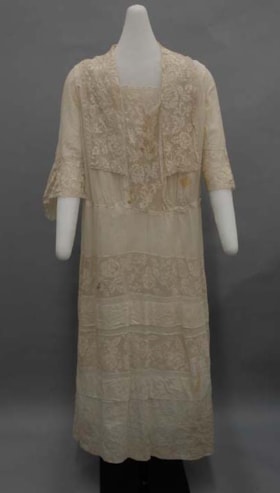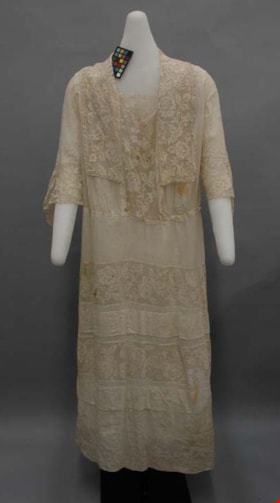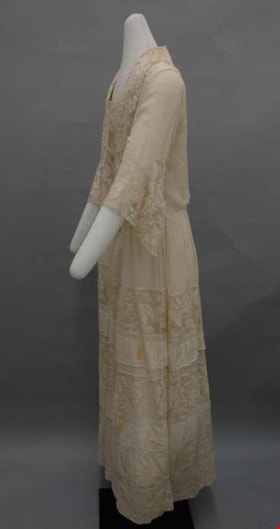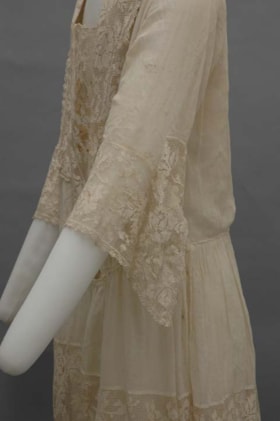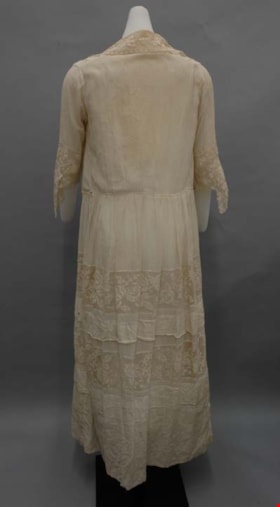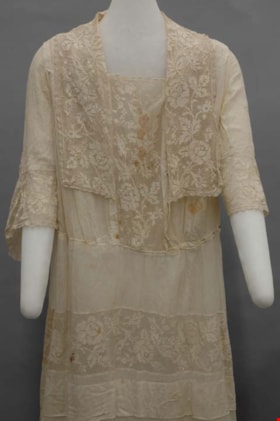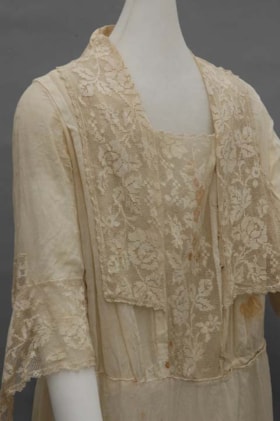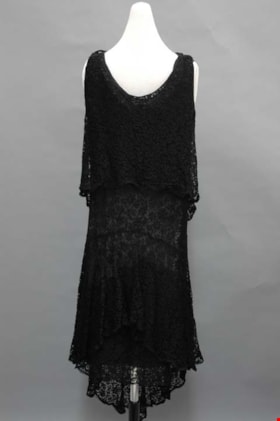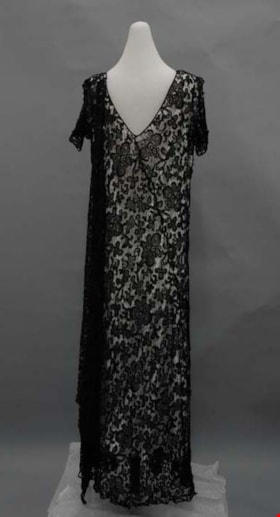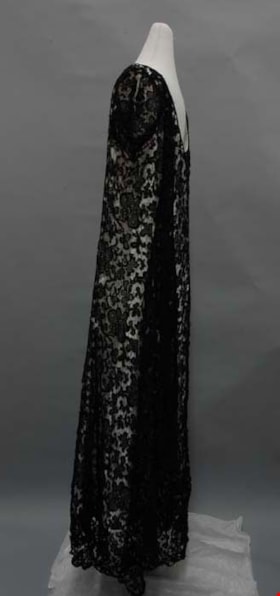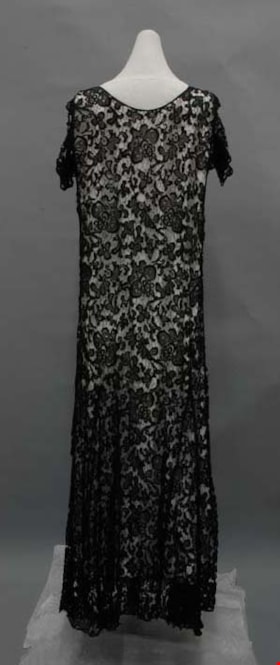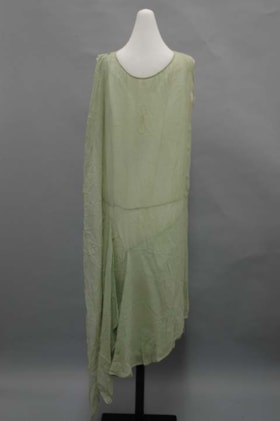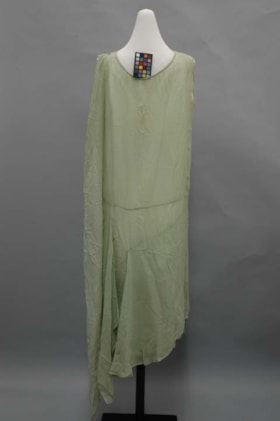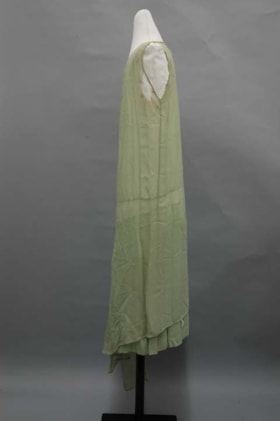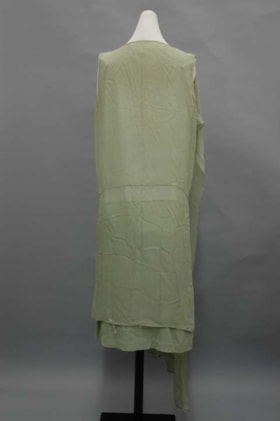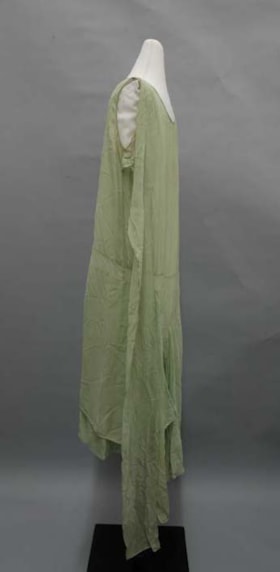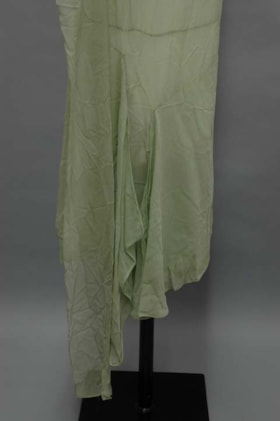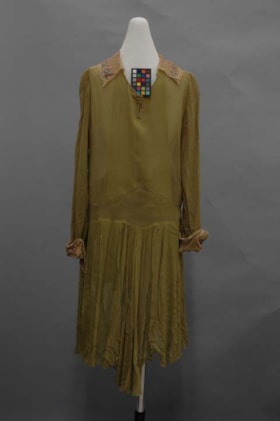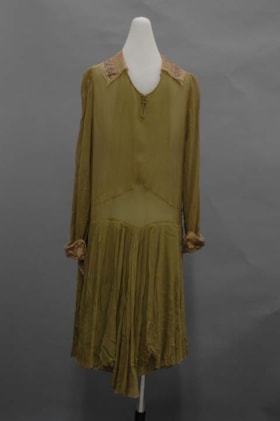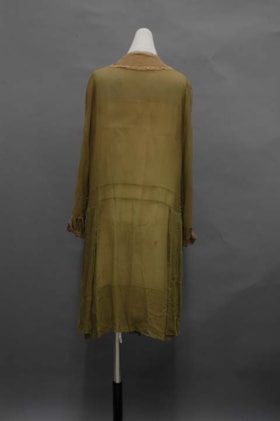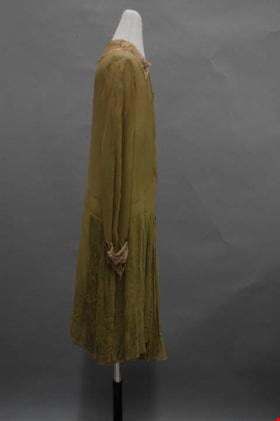Narrow Results By
Decade
- 2020s 25
- 2010s 28
- 2000s 44
- 1990s 57
- 1980s 55
- 1970s 48
- 1960s 65
- 1950s 94
- 1940s 110
- 1930s 139
- 1920s 122
- 1910s 101
- 1900s 56
- 1890s 27
- 1880s 20
- 1870s 9
- 1860s 12
- 1850s 2
- 1840s 3
- 1830s 1
- 1820s 1
- 1810s 2
- 1800s 2
- 1790s 2
- 1780s 2
- 1770s 2
- 1760s 2
- 1750s 2
- 1740s 2
- 1730s 2
- 1720s 2
- 1710s 2
- 1700s 2
- 1690s 2
- 1680s 2
- 1670s 2
- 1660s 2
- 1650s 2
- 1640s 2
- 1630s 2
- 1620s 2
- 1610s 2
- 1600s 2
- 1590s 1
- 1580s 1
- 1570s 1
- 1560s 1
- 1550s 1
- 1540s 1
- 1530s 1
- 1520s 1
- 1510s 1
- 1500s 1
- 1490s 1
- 1480s 1
Subject
- Advertising Medium - Signs and Signboards 3
- Agricultural Tools and Equipment 1
- Agricultural Tools and Equipment - Gardening Equipment 1
- Agriculture 3
- Agriculture - Crops 1
- Agriculture - Farms 14
- Agriculture - Fruit and Berries 2
- Agriculture - Orchards 4
- Animals 1
- Animals - Bears 1
- Animals - Birds 2
- Animals - Cats 3
Creator
- Adams, Edith 3
- Anderson, George M. (George McCullough), 1897- 1
- Atwood, Patricia 1
- Ballantyne, R. M. (Robert Michael), 1825-1894 1
- Ballentine, Teresa 5
- Bancroft, Rose 1
- Bartel, Mario 10
- Belcastro, Arlene 1
- Bingham, Alfred "Alf" 1
- Binks, James 3
- Binning, Dr. Sadhu 1
- Braden, James A. (James Andrew), 1872-1955 1
tie pin
https://search.heritageburnaby.ca/link/museumartifact6410
- Repository
- Burnaby Village Museum
- Accession Code
- BV985.49.14
- Description
- Tie pin, `mother of pearl' facing with decorative incised carvings; pearl attached to brass spring clip with small "teeth" at edge
Images
autograph book
https://search.heritageburnaby.ca/link/museumartifact7129
- Repository
- Burnaby Village Museum
- Accession Code
- BV985.407.6
- Description
- Autograph Book - Booklet -- [1915]. Autograph book produced by Rose & Co at 44 Above Bar, Southhampton. The book was a gift to Mrs. Orman from the Teachers and Children of All Saints Sunday School, Eastleigh, Southhampton, upon her departure to Canada. The first four pages lists all the teachers and children's names. The front cover of the book is green with two painted purple flowers and "Autographs" embossed in white on the bottom right.
- Object History
- This accession appears to be connected to the Orman family. Ada Leila Orman was born June 2, 1901 in Eastleigh, Hampshire, England. According to the 1915 Census, the Orman family came to Canada in 1911 and settled in Calgary. Father Willoughby Henry Orman is listed there as working as a C.P.R. foreman, while mother Daisy Marie (Harklett) Orman worked at home. Older sister Daisy Hilda (Targett) Orman, worked as a stenographer. At five years old Leila began a long fight with a crippling type of rheumatoid arthritis. By the time she was thirteen, she experienced completely ankylosed joints. Her family travelled all over hoping to find a cure, but to no avail. While living in Calgary, Leila developed an interest in painting, knitting, and composing her own poems. She began writing news articles for the Calgary Daily Herald in the 1930s, and her first sonnet published was in that paper on August 28, 1934. She had a strong interest in the arts, often writing about music and the visual arts. While living in Calgary, she became a member of the Business and Professional Women’s Club as well as a member of the Canadian Author’s Association. Three members of the family moved to B.C. when Willoughby retired, ca. 1938. In the 1940 BC Directory, the family are listed as living at 407 Campbell Street, Burnaby. Willoughby died in Burnaby in 1945. Daisy Marie died in 1955 after living 15 years in Burnaby. Her address at the time of her death is listed as 407 Rosewood Avenue, Burnaby. Leila was living with her at that time. Older sister Daisy Hilda married Edgar Harold Targett in 1922. They moved to B.C. from Alberta some years after the other three members of the family (ca. 1962). Daisy Hilda died in 1972. Her address at the time of her death was 7969 Rosewood Avenue, Burnaby. Leila wrote on a typewriter with two sticks to type out the letters. She was an avid reader and was able to turn the pages with a special stick with elastic bands wound around the ends. Canadian novelist Maida Parlow French became her lifelong friend and encouraged her to write her own autobiography - unfortunately it was never finished. Leila wrote “The Giving Heart” in October of 1948. By 1952, she was writing a column for the British Columbia Saturday Magazine entitled “Across the Board” with the intention of inspiring other “incapacitated folk” to live up to their full potential, “If [she] could reach a few people, and encourage them to reach up and out, [she] should feel the effort well worthwhile.” A member of the St. Alban’s Prayer Healing Fellowship group, Leila wrote the “Christian Manifesto for World Peace” in 1963. The Prayer Group met twice monthly at one of the members’ homes and undertook to pray daily for the sick and for world peace. After Leila’s mother died in 1955, Leila’s friend Jeanie Brown kept house for her and was her constant companion. Jeanie Brown and Leila lived together for over thirteen years until an accident sent Leila to hospital and later to nursing home where she died on February 16, 1976.
Images
postcard; envelope; card
https://search.heritageburnaby.ca/link/museumartifact10424
- Repository
- Burnaby Village Museum
- Accession Code
- BV985.2551.4
- Description
- To My Dear Mother - Postcard. Small postcard with embroidered fabric centre. The British Union Jack and the French Flag are embroidered on the fabric along with small red flowers and green leafs. At the bottom of the fabric is "TO MY DEAR MOTHER". The fabric in the centre of the card is split into two pieces and unfolds to reveal a small card with a blue stamp on it with "To my dear Mother" written again. On the back of the postcard is room for a written message. The card was made in France. The postcard is 8.5cm x 13.5cm.
- Classification
- Written Communication T&E - - Writing Media
- Object Term
- Postcard
Images
wedding dress
https://search.heritageburnaby.ca/link/museumartifact11483
- Repository
- Burnaby Village Museum
- Accession Code
- HV977.32.2
- Description
- Wedding dress, c.1911. Made entirely of white alencon lace. High collar with celluloid stays, floor length full skirt, and three quarter length raglan sleeves. The high collar with three celluloid stays is topped with a ruffled butterfly lace. Below this, the regular pattern for the rest of the bodice is used: two types of floral, and rows of tiny pin tucks. This continues horizontally through the triangular yoke in front and back; two panels on the front and two on the back angle from the shoulders to the waist, where they overlap and form part of the closure on the back. The hook and eye closure begins at the top of the collar and continues to just below the hips, with extra closures to hold the cross-over lace in place. The sleeves are raglan, cut in one piece with the bodice. At the cuffs, there is an insertion of vertically pin tucked lace net, bordered by the same lace that tops the collar. That lace also forms the waistband in two rows. Below it the skirt of lace net is heavily gathered in three rows of shirring. It flares out from there, and at about knee level it ends with three more rows of shirring. The lace below this returns to the type seen on the bodice, without the pin tucks. It is gathered to the net layer, and a band of the butterfly lace hangs over the gathers.
- Object History
- Belonged to the mother of Mrs.F.Nimo (donor), Mrs.W.Ford. She married July 6th 1911 in Nut Mountain, Saskatoon. They moved out to live in the Burnaby area, Marine & Royal Oak.
- Subjects
- Clothing
- Clothing - Costumes
Images
advertisement card
https://search.heritageburnaby.ca/link/museumartifact14664
- Repository
- Burnaby Village Museum
- Accession Code
- HV984.37.1
- Description
- advertisement card; cardboard countertop advertisement card for "WAMPOLE'S / EXTRACT OF COD LIVER". There is a cardboard easel stand on the back of the card for support. Advertisement is printed in colour and features a large image of the product box, along with an illustration of a child being weighed by a pharmacist while her mother looks on. The child is holding a carton of Wampole's.
- Classification
- Advertising Media
Images
purse
https://search.heritageburnaby.ca/link/museumartifact16197
- Repository
- Burnaby Village Museum
- Accession Code
- HV983.83.15
- Description
- Purse, woman's; beaded with silver coloured cut steel beads; metal frame; chain handle; blue silk lining; ribbon embroidery covers the join between the frame and the fabric on the inside of the purse.
- Object History
- Donated objects inherited in 1935 from his grandfather(?), Will Slater, via his mother, Retta Louise (Slater) Rogers.
- Subjects
- Personal Gear - Purses
- Personal Gear
Images
pipe
https://search.heritageburnaby.ca/link/museumartifact18249
- Repository
- Burnaby Village Museum
- Accession Code
- HV978.53.8
- Description
- pipe; black stem; wood bowl; no band; "Made in Canada" and "Medway Deluxe".
- Object History
- This item belonged to Mrs. M. Wight, She lived in Burnaby and was very involved with several community organizations. For an oral history interview with her mother-in-law Edith Wight and the Wight family history please visit Heritage Burnaby: https://search.heritageburnaby.ca/list?q=edith+wight&p=1&ps=25
- Category
- 03. Personal Artifacts
- Classification
- Personal Gear - - Smoking & Recreational Drug Equipment
- Object Term
- Pipe, Smoking
- Subjects
- Personal Gear
- Historic Neighbourhood
- Alta Vista (Historic Neighbourhood)
- Planning Study Area
- Clinton-Glenwood Area
Images
mourning bodice
https://search.heritageburnaby.ca/link/museumartifact18316
- Repository
- Burnaby Village Museum
- Accession Code
- HV978.57.60
- Description
- Mourning bodice, c.1884-1889. Black satin silk. High neck with collar, buttons down front, long sleeves with cuffs, basque bodice especially flared in the back. The bodice is entirely black, and unadorned except for the buttons and cuffs. The centre front closure has sixteen black jet buttons with a pattern cut into each. At the ends of the somewhat fitted sleeves there are four inch turned back cuffs. At the high neck, there is a mandarin collar. Inside, the bodice is lined with brown cotton. Five bones are evenly spaced along the six back panels and two front panels, with two darts each. The back section of the bodice below the waistline is flared out to fit over a bustle.
- Object History
- From the estate of Norah Byrne, daughter of Peter Byrne and Priscilla Amelia Rowling Rowling. She later married William Descoteau. Norah Byrne was born in 1896 and based on the era of the dress, it's possible that the dress originally belonged to her mother, Priscilla Amelia Rowling Byrne.
- Subjects
- Clothing
- Clothing - Costumes
Images
projectile point
https://search.heritageburnaby.ca/link/museumartifact19193
- Repository
- Burnaby Village Museum
- Accession Code
- BV002.57.6
- Description
- Projectile point, stone; rounded end. Bifacially flaked – stone removed on both sides of the point; basalt and lead shaped
- Object History
- The donor inherited this artifact from his mother, Katherine Maude (Kitty) Peers, who inherited them from her father, Louis Claude Hill. The artifacts were found on his farm, Brookfield Farm, at Douglas Road and Sperling Avenue (now site of Burnaby Village Museum).
- Culture Phase: Possibly Locarno Beach phase (3520 -2200 Before Present)
- Historic Neighbourhood
- Burnaby Lake (Historic Neighbourhood)
Images
Documents
projectile point
https://search.heritageburnaby.ca/link/museumartifact19194
- Repository
- Burnaby Village Museum
- Accession Code
- BV002.57.7
- Description
- Projectile point, stone; indented on one side. Triangular stemmed projectile point
- Object History
- The donor inherited this artifact from his mother, Katherine Maude (Kitty) Peers, who inherited them from her father, Louis Claude Hill. The artifacts were found on his farm, Brookfield Farm, at Douglas Road and Sperling Avenue (now site of Burnaby Village Museum).
- Culture Phase: Possibly Locarno Beach phase (3520 -2200 Before Present)
- Geographic Access
- Deer Lake Avenue
- Historic Neighbourhood
- Burnaby Lake (Historic Neighbourhood)
- Planning Study Area
- Burnaby Lake Area
Images
Documents
projectile point
https://search.heritageburnaby.ca/link/museumartifact19195
- Repository
- Burnaby Village Museum
- Accession Code
- BV002.57.8
- Description
- Projectile point, stone. Lancelot, parallel stemmed – stem has straight sides (squared off appearance).
- Object History
- The donor inherited this artifact from his mother, Katherine Maude (Kitty) Peers, who inherited them from her father, Louis Claude Hill. The artifacts were found on his farm, Brookfield Farm, at Douglas Road and Sperling Avenue (now site of Burnaby Village Museum).
- Longer points like this were used on spears; sometimes in combination with a tool called an atl atl (spear thrower).
- Culture Phase: Possibly Locarno Beach phase (3520 -2200 Before Present)
- Historic Neighbourhood
- Burnaby Lake (Historic Neighbourhood)
Images
Documents
bodice
https://search.heritageburnaby.ca/link/museumartifact21345
- Repository
- Burnaby Village Museum
- Accession Code
- HV976.53.5
- Description
- Bodice, c.1895. Black patterned china silk with green, pink, and gold flowers. Huge leg o' mutton sleeves gather into small black velvet cuffs. Slightly puffed front, peplum. At the small round neckline, there is a small half inch stand collar. The centre front of the bodice is gathered at the neckline and at the waist. Beneath the waist, there is a peplum with most of its flare in the back. The rest of the bodice is unadorned, as the sleeves are really the main focus. The sleeves are cartridge pleated around the top of the armscye. The lightweight fabric and internal supports make each shoulder puff out to roughly the size of a watermelon. They taper slightly to the cuff (where they are gathered), but most of the volume remains for the whole sleeve. The black velvet cuffs have a flower on the outside, but no opening. Inside, the bodice is lined with brown cotton, and nine bones. The peplum is lined with gold a silk floral brocade. The bodice has hook and eye closures up the centre front.
- Object History
- Belonged to donor's mother in law from South Dakota.
- Subjects
- Clothing
- Clothing - Costumes
Images
bodice
https://search.heritageburnaby.ca/link/museumartifact21346
- Repository
- Burnaby Village Museum
- Accession Code
- HV976.53.6
- Description
- Bodice, c.1890s. Brown silk and cotton bengaline. Long fitted sleeves with small shoulder puff, burnt out brown velvet cuffs, basque cut, tails in back. This bodice has a very closely fitting neck, but no collar. The sleeves are close fitting except for a small puff on the shoulders: a shadow of the gargantuan puffed sleeves that dominated the 1890s. The cuffs are made with a burnt out silk, a velvet paisley pattern on a gold silk background. The front of the bodice is undecorated, but there are loose threads from decoration that was once tacked on either side of the centre front opening. At the back, the four back panels extend independently from the end of the bodice to form tails with square ends. Inside, the bodice is lined with beige patterned cotton: white tulips under a pattern of squares formed with alternating blue and red dotted lines. There are seven bones and a blue and white striped belt at the waist that closes with a hook and eye. The centre front of the bodice used to close with buttons, but they have been removed.
- Object History
- Belonged to the donor's step mother's in-laws from South Dakota.
- Subjects
- Clothing
- Clothing - Costumes
Images
tin
https://search.heritageburnaby.ca/link/museumartifact22062
- Repository
- Burnaby Village Museum
- Accession Code
- HV976.72.4
- Description
- Tin. Commemorative, metal box with hinged lid. Lid has gold coat-of-arms. Front has portrait of King Edward VII. Back of tin has portrait of Queen Mother. Both sides of the tin are same, and include circle with "ER VII".
- Object History
- Edward VII (Albert Edward; 9 November 1841 – 6 May 1910) was King of the United Kingdom and the British Dominions, and Emperor of India from 22 January 1901 until his death on 6 May 1910.
- Marks/Labels
- On lid "DIEU ET MON DROIT". Under portraits "HIS LATE MAJESTY" "KING EDWARD VII, 1901-1910.", and "HER MAJESTY THE QUEEN MOTHER". Both sides of the tin feature "ER VII".
Images
sandwich griller
https://search.heritageburnaby.ca/link/museumartifact23587
- Repository
- Burnaby Village Museum
- Accession Code
- HV976.251.10
- Description
- Sandwich griller. Rectangular with a flared bottom which forms a rim 3 cm out from the top edge. Hinged top which allows access to the interior which is comprised of flat, slightly depressed surfaces; with cord.
- Object History
- Object used by donor's mother, Annie A. Harding, at their house on Clydesdale Street, ca. 1920-1940.
Images
nursing dress
https://search.heritageburnaby.ca/link/museumartifact27012
- Repository
- Burnaby Village Museum
- Accession Code
- HV974.69.7
- Description
- Nursing dress, c.1919. White cotton lawn and lace. Square neckline with large square collar, half length sleeves, and ankle length skirt. Straight natural height waist. A precursor to the 1920s straight shape, the dress has a gathered skirt and a bodice that is straight except for slight shaping via seam placement to create room in the front. The bodice front has a square neckline with a large square collar that extends from three quarters down the bodice and continues around the back of the neck. The collar is fillet lace in a floral pattern, and there is a fillet lace panel on the bodice centre front that extends from the neckline to waistline, and to either collar. The bodice sides and back are plain. Each sleeve is plain cotton, with a large fillet lace cuff that is attached in a semi-spiral to give it a draped effect. The seams on the sleeves are positioned slightly forward, and do not match the side seam position. The skirt hangs gathered from the natural waist. After a band of lawn, there is: a band of fillet lace, lawn with a large tuck, lace, lawn with a tuck, and large section of lawn hemmed up to the last tuck on the inside. Under the skirt, attached at the waistline, there is a built in pair of 'underwear' in soft tulle. There is a space for each leg, and it is open on the front. The tulle 'underwear' closes on the inside with snaps up the centre front, creating a narrower section around the waist. The main skirt closes up the side left with snaps, and along the left waist. The bodice also uses snaps to close along the left side of the fillet lace panel. Shaping in the bodice comes from side seams that angle towards the side back, forcing the front bodice to pouf out in front. There are also pin tucks on the shoulders that release fullness into the bodice, and the shoulder seams are cut further back instead of sitting right on top of the shoulder. The dress is unlined, machine sewn with french seams.
- Object History
- The donor donated the dress and other items after the death of her mother in West Vancouver. The items had been stored in the donor's basement since she was young. The dress belonged to her grandmother, who lived in Edmonton until about 1905, and was used by the donor to play dress-up.
- Subjects
- Clothing
- Clothing - Costumes
Images
dress
https://search.heritageburnaby.ca/link/museumartifact27013
- Repository
- Burnaby Village Museum
- Accession Code
- HV974.69.8
- Description
- Evening dress, c.1929. Black rayon lace with cotton organdy slip. Sleeveless, flounced bodice and skirt. Knee length, dips to a longer hemline in the back. The dress is cut in the flapper style, but with 1930s style flounces. It is entirely made out of black rayon machine lace, with an organdy slip underneath. Hanging from the neckline there is a lace flounce with scalloped edge, overtop of the main lace dress. It hangs over the chest area in the front; at the back, it is tacked onto the dress underneath and comes down in a V shape. At a dropped waist height, where the V shape ends, the skirt of the main dress is another flounce. It ends at knee height in the front, and scoops down to calf length in the back. The slip attaches at the shoulders with a small strap that wraps around the shoulder at its seam and snaps back onto itself. At the bottom, there is a layer of lace sewn on to it that hangs a few inches past the slip hem. It comes up higher at the front, in a triangle shape.
- Object History
- Belonged to donor's mother, in West Vancouver.
- Subjects
- Clothing
- Clothing - Costumes
Images
lace dress
https://search.heritageburnaby.ca/link/museumartifact27014
- Repository
- Burnaby Village Museum
- Accession Code
- HV974.69.9
- Description
- Lace dress, c.1930. Black acetate machine lace. Short butterfly sleeves, calf length, flounce on right side. The dress is entirely made of black acetate machine lace in a floral pattern. It was meant to go over another dress, as it is very transparent. The neckline is round, and the shoulders are connected at a small section before splitting into the butterfly sleeves that were so popular in the 1930s. The dress flares out slightly, more so at the bottom, and ends at approximately calf length. Running down the front right side of the dress, from just under the shoulder to the hem, is a large triangular flounce. It has a triangular scalloped bottom edge.
- Object History
- Belonged to donor's mother.
- Subjects
- Clothing
- Clothing - Costumes
Images
dress
https://search.heritageburnaby.ca/link/museumartifact27016
- Repository
- Burnaby Village Museum
- Accession Code
- HV974.69.11
- Description
- Dress, c.1925-1929. Green silk chiffon. Sleeveless, straight cut, round neckline, scarf attached at right shoulder, dropped waist with skirt flounces, knee length. At each shoulder, there are five pin tucks, and at the right front shoulder there is a wide scarf as long as the dress that could be worn in a number of ways. At the dropped waist there is some very slight gathering in the bodice. The skirt has a plain inner layer and an outer layer that attaches to the back a few inches below the waistline. On the left front, the over skirt angles slightly downwards as it is attached to the side front. It is attached to the under skirt until it reaches just past the centre front; here it is cut and tacked down along the bias, draping straight down from that point in a flounce. At the right, the over skirt comes across the front for a few inches, then the top edge is turned down at a forty five degree angle and sewn in place. The rectangular piece of fabric would have been able to connect to the left seam, but instead it hangs draped on the left.
- Object History
- Belonged to donor's mother, in West Vancouver.
- Subjects
- Clothing
- Clothing - Costumes
Images
dress
https://search.heritageburnaby.ca/link/museumartifact27017
- Repository
- Burnaby Village Museum
- Accession Code
- HV974.69.12
- Description
- Dress, c.1925-1929. Green silk chiffon. Straight cut, button trim, lace collar and cuffs with embroidery, long sleeves, yoke above pleated and ruched knee length skirt. This dress is good example of the ever shorter and more transparent clothing that was being worn by rebellious young women toward the end of the 1920s. The round neckline has a rolled collar of beige lace that ends a few inches over the shoulders. At the front, it has abstract floral embroidery in blue, green, pink, and black. At the centre front of the neckline there is a bound slit with three self bound round buttons on either side. They close with thread loops from the right side that go around each left button. The sleeves flare out slightly into a bishop sleeve gathered to the cuff. They have the same type of embroidered lace on the cuff as on the collar. At the centre front of the bodice, there is a rectangular panel appliquéd with gold top stitching. Directly beneath, there is a yoke that circles around the back and comes up to a point at centre front. On either side of a dropped waist, there is a vertical row of three self covered round buttons with three thread eyes, creating a small fold in the fabric. The skirt is a plain tube with a front and back panel, and another panel that hangs on top extending to the side backs. This top panel is ruched with three lines of gathering at the centre front, and it is permanently pleated on either side of the ruching to the side backs. The ruched panel dips down slightly in a curve, and the whole panel is finished with a zig-zag stitch.
- Object History
- The donor donated the dress and other items after the death of her mother in West Vancouver. The items had been stored in the donor's basement since she was young. The bodice belonged to her grandmother, who lived in Edmonton until about 1905, and was used by the donor to play dress-up.
- Subjects
- Clothing
- Clothing - Costumes
